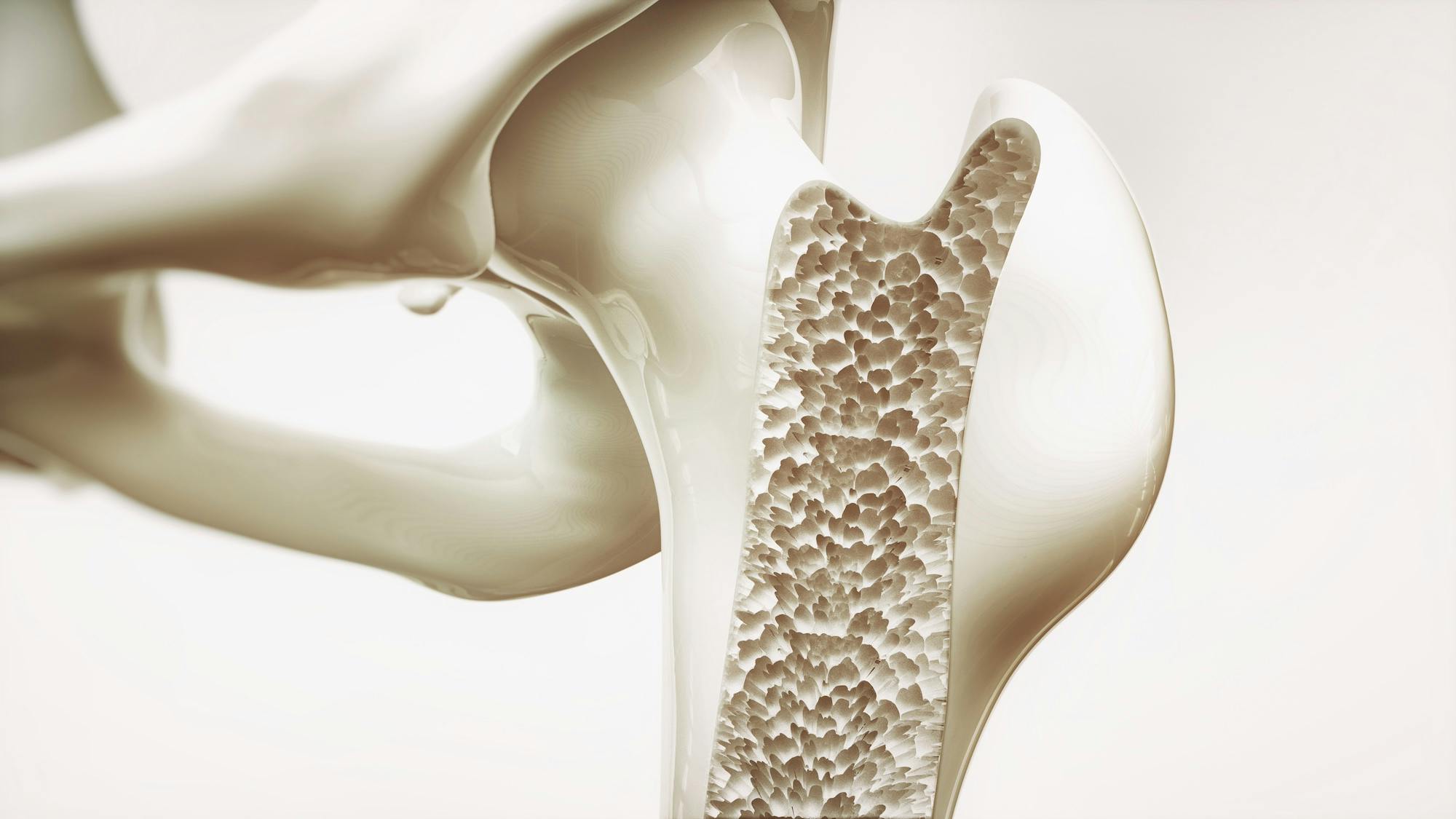- Blog
Kids Outdoor Injury Prevention
Posted on 11-25-2025 in Wrist, Pediatric Injuries, Hand, Elbow, Youth Injury Prevention & Injury Prevention by Dr. Alex Coleman, Dr. Steven Kronlage, Dr. James Piorkowski

Posted on 11-25-2025 in Wrist, Pediatric Injuries, Hand, Elbow, Youth Injury Prevention & Injury Prevention by Dr. Alex Coleman, Dr. Steven Kronlage, Dr. James Piorkowski
With summer in full swing and children taking advantage of more time to participate in sports-related or other outdoor activities, it’s essential to be mindful of injury prevention while encouraging their interest in activities that don’t involve screen time!
As a parent, you know that accidents can happen anywhere – on a swing set in your backyard, riding a skateboard in a park or biking on a designated path through a neighborhood. To mitigate or at least limit the risk of injuries, adults can take several steps to create safer environments for children as they participate in outdoor recreational activities.
Playing on Playgrounds
According to the Centers for Disease Control and Prevention, children in the U.S. visit a hospital emergency department for playground-related injuries every two-and-a-half minutes. Although minor bumps, bruises, and cuts frequently occur on playgrounds, many playground injuries are more severe. Broken bones (fractures) and sprains and strains are the most common playground-related injuries that require a doctor’s care. While close adult supervision may be the most critical factor in preventing playground injuries, parents should also keep the following in mind:
Riding Bicycles & Scooters
According to the National Safety Council (NSC), bicycle accidents accounted for 25% of emergency department-related visits in 2021 in children 14 and younger. While head trauma is the most severe injury associated with bicycle and scooter accidents, the most common injuries we see include sprains and fractures of the wrist and elbow, as well as severe cuts. The most important thing to remember when riding bicycles, scooters and other ride-on toys is wearing a helmet and other appropriate safety gear. Additional safety precautions include:
Skateboarding & Longboarding
Skateboarding and longboarding are also popular recreational activities among children and teenagers. However, according to NSC, 32% of the 245,177 skateboard-related injuries that occurred in 2021 involved children 14 and younger and required a visit to an emergency department. Like other ride-on toys, fractures or dislocations to more severe head injuries can be prevented by following these safety guidelines for skateboarding:
With locations in Gulf Breeze and Pensacola, fellowship-trained physicians Dr. Alex Coleman, Dr. Steven Kronlage and Dr. James Piorkowski provide adult and pediatric patients with the latest treatment options, including surgical intervention. Our offices are equipped with the latest imaging and diagnostic equipment, which minimizes the need for additional visits to other facilities and reduces your out-of-pocket costs. Learn more about Hand and Upper Extremity Specialists or complete our online Appointment Request form to book a visit.

Musculoskeletal ultrasound imaging offers orthopaedic patients safe, painless, and real-time imaging, without any harmful ionizing radiation or the need for uncomfortable positioning. As the first sports medicine physician in the region to utilize ultrasound for diagnostic and therapeutic purposes, Dr. Josh Hackel’s commitment to innovation has improved the accessibility of care for his patients.

According to the American Academy of Orthopaedic Surgeons, approximately 2 million older Americans sustain fractures yearly due to weak bones. By 2025, that number is predicted to rise to 3 million fractures annually. At North Florida Bone & Joint Specialists, we recognize the importance of maintaining strong bones, particularly as you age. In honor of Healthy Aging Month, the following tips can help you maintain, and even improve, your bone strength:

We see our share of broken bones as an orthopaedic and sports medicine practice. From the high school baseball player who collided with first base a little too hard to the avid DIY’er who took a tumble from an unsecured ladder and everything in between, we’ve seen it all. As we age, we also gradually lose bone mass, which occurs as small amounts of healthy bone are absorbed into your body as small amounts are replaced. When more bone is absorbed than is replaced, the density (bone mass) is reduced. Osteoporosis develops when the bone is no longer replaced as quickly as it is removed, and over time, it causes the bone to become progressively weaker, increasing the risk that it may break.